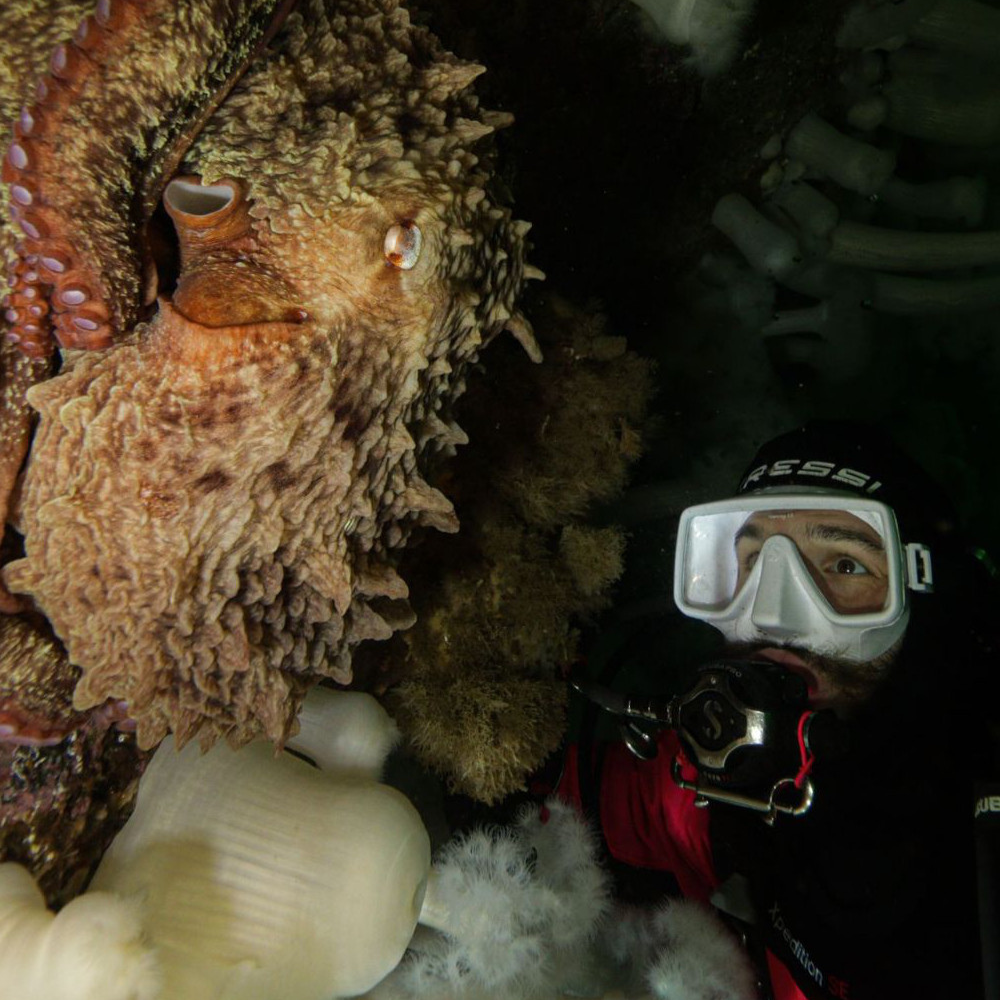Choosing the Best Diving Mask
One of the most common questions I get asked as a dive professional, and certainly one of the first, is “ How do I pick the best dive mask?” or “What is a good scuba mask for me?”.
The best answer I can give someone is this: the best mask is the mask that fits you the best and that suits the diving you are doing. There are so many options out there from many different brands and manufacturers, and it can get a little overwhelming to choose sometimes. Really what it comes down to is fit and comfort. Selecting the right mask is just as crucial as choosing the appropriate watch for diving or other essential gear for a seamless diving experience.
Does the mask fit your face properly? There are a few ways to check. Now it should be obvious, but I will mention it anyway, you do need to go down to a dive shop in order to try on a number of different masks in order to find the right fit. The first step is checking to see if the silicone shape of the mask actually matches the shape of your face. If it doesn’t, you will either force a seal by making the mask unnecessarily tight, which is uncomfortable, or it will leak almost every time you use it. Needless to say if you have a poorly fitting mask it can ruin any dive trip or scuba diving course that you happen to be on. Whether you’re in need of a standard scuba mask or a prescription scuba mask for better vision underwater, finding the right fit is paramount.
STEP 1) Place the mask on your face and look up so it doesn’t fall off. Without creating any suction the mask should lie evenly and touch your skin all the way around. If you have some tiny gaps it should still be fine, but any larger gaps will cause you to over tighten the mask to form a seal.
STEP 2) The Negative Pressure Test. Breathe in through your nose or push the mask into your face. If you hold your breath it shouldn’t feel like it is going to fall off. WARNING: if you have a moustache you are going to find it difficult to get a good seal with most masks because the hair causes leaks.
STEP 3) If you get a good sea, your mask should feel comfortable. You will need to be able to pinch your nose in order to equalize your ears and there should not be any pressure points on your forehead or beside your eyes. As someone whose forehead sticks out a little more I have to make sure when I’m choosing a mask that leaves space for my neanderthal nose.
Now, you also have to decide what you are using the mask for: are you going to be SCUBA diving, Snorkeling, or Freediving? There is always going to be the right tool for the job, and you can think of buying a mask that way. A freediving mask is designed to minimize air volume to maximize efficiency while breath hold diving. The drawback is your vision is limited and sometimes warped because of the deforming as the mask compresses. A SCUBA and snorkelling mask is going to provide you with a wide field of view and higher air volume. This obviously will improve your vision and make finding little critters easier, but they are not well suited for breath hold diving.
The mask that fits you will be worth its weight in gold if you plan to use it regularly. When investing in scuba gear, including your scuba mask, prioritize comfort and fit to enhance your overall diving experience. It’s hard to say the most expensive mask on the wall is the best, since if it doesn’t fit you, it won’t be worth the investment. That being said, as long as it is within your budget, if the only mask that fits you happens to be one of the more expensive options, you won’t regret a thing.












